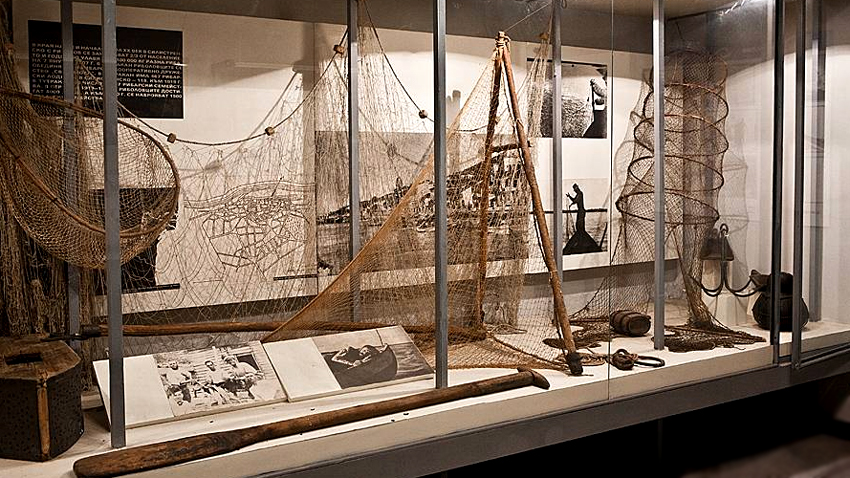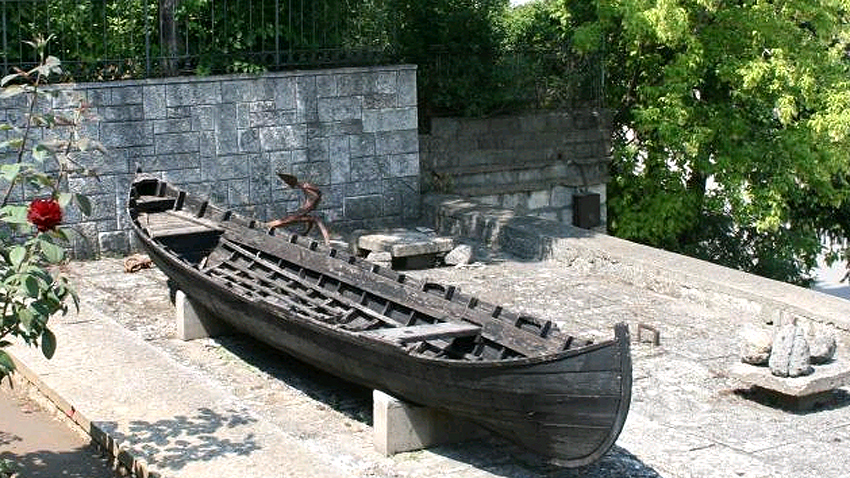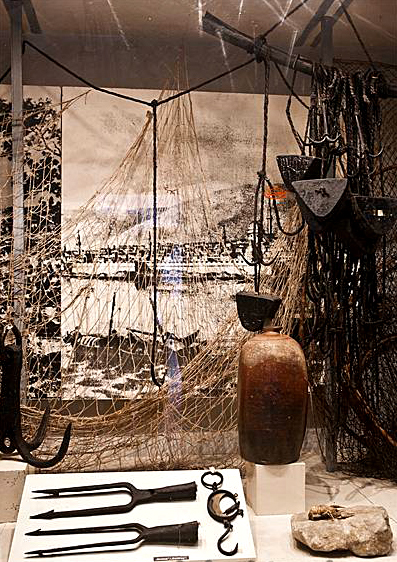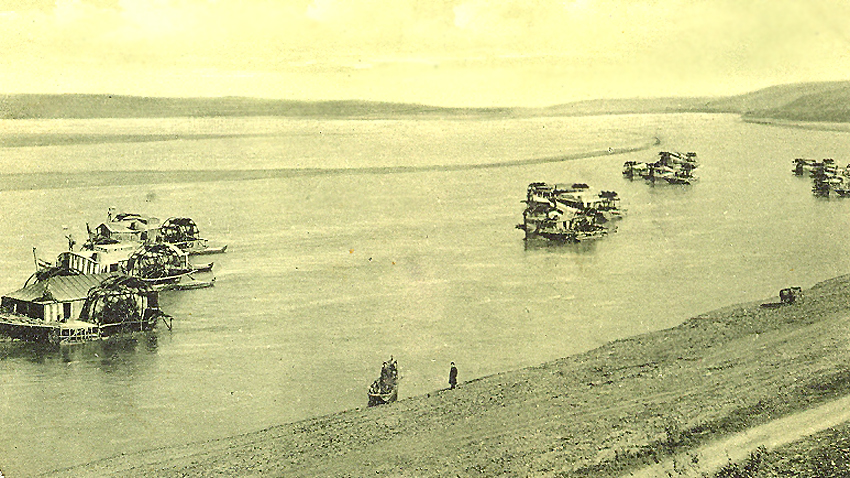Tutrakan has been a fishing community since time immemorial. The good conditions for catching delicious fish in the Danube and the surrounding marshes have always helped people here earn their living.
Archaeological finds indicate that fishing has been practiced here ever since the Old Stone Age, or the 8th millennium BC. There are households in Tutrakan in our day who still fish for a living. The Museum of Danube Fishing and Boat Building in Tutrakan features many exhibits illustrating fishing traditions. The people living here have made a name for themselves as the top-notch fishermen and boat builders of the lower reaches of the Danube.
The museum was created 40 years ago, and new finds and documents are constantly being added to its collection. The exposition is housed in seven halls, arranged chronologically to enable visitors to trace the development of fishing tackle and technique – from antiquity down to our day. Here visitors can see fishing rods made of bone and copper, clay fishing net weights, all kinds of nets made of plant textile fibers etc.

“This museum of fishing is the only one of its kind in Europe and is dedicated entirely to this ancient occupation,” says Velichko Atanassov, curator of the exposition in Tutrakan, an avid angler with a passion for boats and fishing nets.



English version: Milena Daynova
An architectural and cultural monument of national importance, the church of Saint George the Victorious in the town of Kyustendil is located at the foot of the nearby Osogovo Mountain, in Kolusha neighbourhood. The study and restoration of..
We do not need to travel thousands of kilometers to reach holy Christian places and “drink from the miraculous well” of Orthodox faith. Hundreds of churches and monasteries were built on Bulgarian territory with the faith and the hope..
A hard-to-reach fortress rose on a solitary ridge, which was towering above the Asenitsa River. This place built high in the rocks was once sheltering Thracians, Romans, Byzantines, Western Europeans, Bulgarians and Ottomans. One..

+359 2 9336 661
